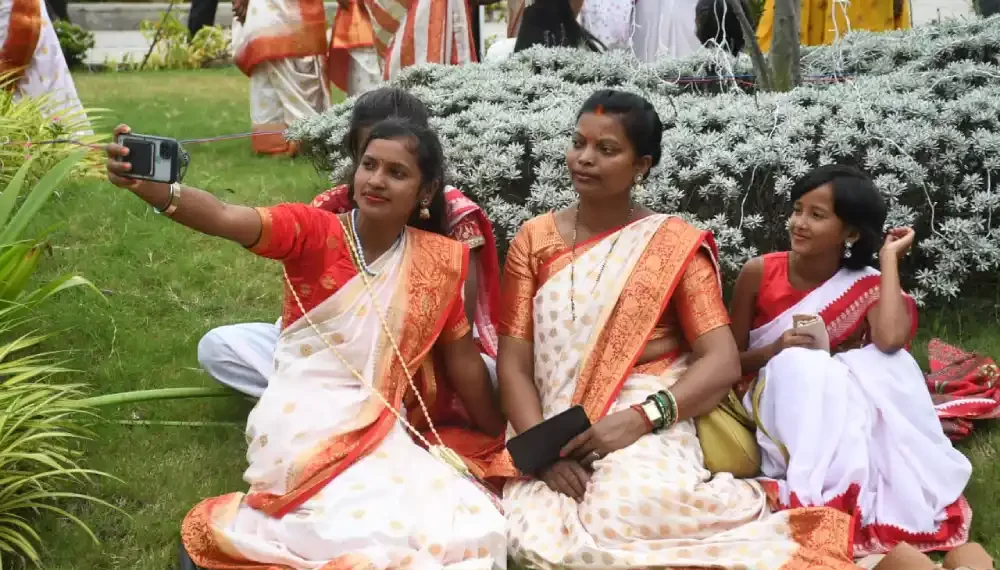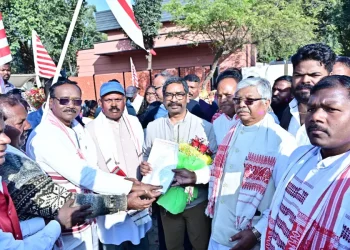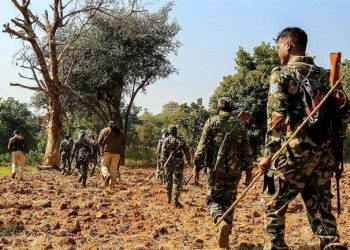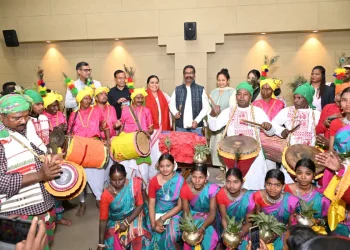New Delhi
The Ministry of Tribal Affairs, which serves as the nodal Ministry for the overall policy, planning, and coordination of programs for the development of Scheduled Tribes, continues to witness a surge in its budgetary allocations year after year. The latest being in 2024-25.
From Rs. 4,497.96 crores in 2014-15, when Narendra Modi first became the Prime Minister, to Rs. 13,000 crores in 2024-25, in Modi’s third term — the budget allocation for the Ministry increased substantially by a whopping 189.02%. And compared to last fiscal, the overall outlay for the Ministry in 2024-25 is a substantial increase of 73.60%.
The considerable hike in the budgetary allocation for the Ministry ranks among the highest for the Ministries in the Government. The massive hike should help the Ministry ensure that its programmes and schemes support and supplement the efforts of other Central Ministries, State Governments, and voluntary organizations by providing financial assistance and addressing critical gaps based on the needs of Scheduled Tribes.
“The Government has ensured there is no dearth of money for the Ministry, which has found itself highly relevant under PM Modi. The Ministry, for its part, now has to ensure proper and earnest implementation of the mega schemes like PM Janjati Adivasi Nyaya Maha Abhiyan, National Sickle Cell Elimination Mission, construction of hundreds of Eklavya Vidyalayas, PM Janjatiya Vikas Mission and PM Adarsh Gram Yojana among others,” sources said.
In a major announcement in the Budget on Tuesday, Finance Minister Nirmala Sitharaman introduced the Pradhan Mantri Janjatiya Unnat Gram Abhiyan for improving the socio-economic conditions of tribal communities. This initiative aims to provide saturation coverage for tribal families in tribal-majority villages and aspirational districts, covering 63,000 villages and benefiting 5 crore tribal people.
Thanking the PM and the Finance Minister for the Abhiyan, Tribal Affairs Minister Jual Oram said, “This initiative is a testament to the Government’s commitment to the integrated socio-economic growth, infrastructure development, and generation of economic opportunities for the upliftment of tribal communities across India.”
The Modi government has focused big time on tribal outreach having already reached out to the general class and others sections like the OBCs. And it has paid dividends in parts, though not as much as the Modi dispensation would have desired. If it helped the BJP sweep the tribal belt of Gujarat in the last Assembly polls, then it drew a blank on all ST seats in Karnataka Assembly elections just a few months later; if it won all 6 Lok Sabha ST seats from Madhya Pradesh, it lost on all 5 ST seats in Jharkhand recently — to cite a few examples.
Besides the fiscal budgetary allocation, under the Tribal Sub-Plan (TSP), now known as the Development Action Plan for Scheduled Tribes (DAPST), fund allocation has increased about 5.8 times since 2013-14 — from Rs. 21,525.36 crore (Actual Expenditure) in 2013-14 to Rs. 1,24,908.00 crore in BE 2024-25.
As many as 42 Ministries/Departments allocate funds ranging from 4.3 to 17.5 percent of their total scheme allocation each year for tribal development projects in areas such as education, health, agriculture, irrigation, roads, housing, electrification, employment generation, and skill development.






















